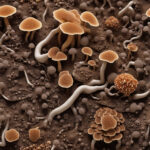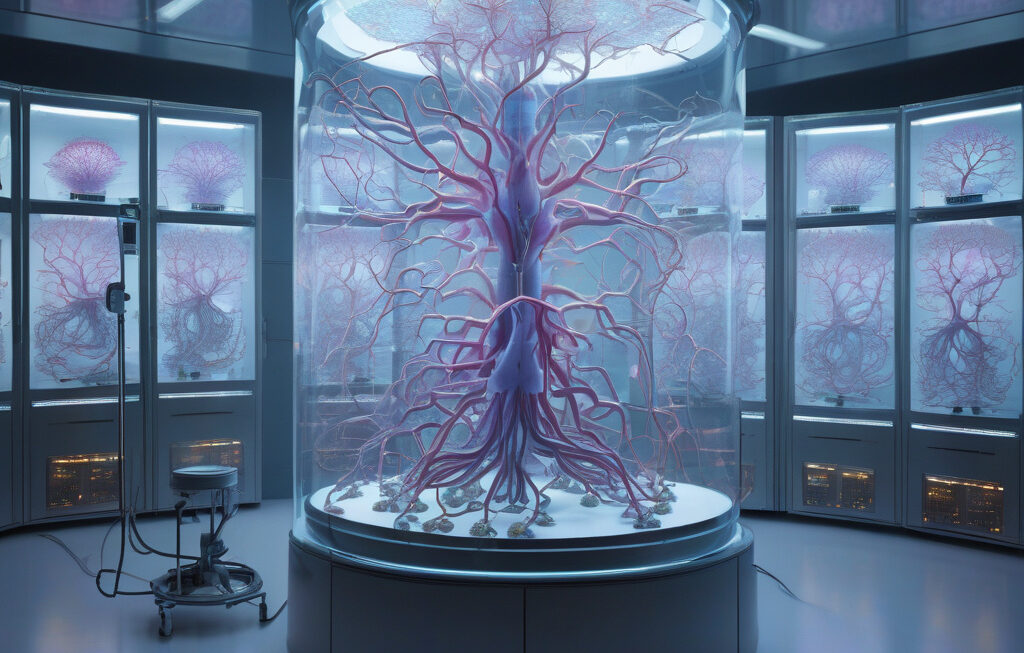The Fascinating Process of How the Human Body Replaces Itself and the Factors Affecting Its Success
Imagine seeing your body from the inside out, a hidden world where more than 30 trillion cells work tirelessly to keep you alive. Every day, millions of cells in your body die and are replaced by new ones in a remarkable process of regeneration. This constant renewal is vital for your health and wellbeing, ensuring that your tissues and organs function optimally. However, despite this incredible ability to regenerate, the human body doesn’t always succeed in maintaining perfect health. Various factors can influence the body’s regenerative processes, leading to issues such as aging, disease, and impaired healing.
One of the key mechanisms through which the body replaces itself is cell division. Cells divide to produce new cells for growth, repair, and maintenance. For example, the cells lining your stomach are replaced every few days to protect it from the harsh acids produced during digestion. Similarly, your skin cells are constantly sloughed off and replaced to form a protective barrier against the external environment. This turnover of cells is essential for the body to function correctly and stay healthy.
Stem cells play a crucial role in the regeneration of tissues and organs. These unique cells have the remarkable ability to develop into different cell types and replace damaged or worn-out cells. Stem cells are found in various tissues throughout the body and act as a repair system, ensuring that your organs can continually renew themselves. For instance, bone marrow contains hematopoietic stem cells that can generate all types of blood cells, including red blood cells, white blood cells, and platelets.
Despite the body’s incredible regenerative capacity, several factors can hinder its ability to replace cells effectively. Aging is one of the primary factors that can slow down the regeneration process. As we age, the number and function of stem cells decline, leading to reduced tissue repair and regeneration. This decline in regenerative potential contributes to the development of age-related conditions such as osteoarthritis, cardiovascular disease, and neurodegenerative disorders.
Chronic diseases can also impair the body’s regenerative abilities. Conditions such as diabetes, autoimmune disorders, and chronic inflammation can disrupt the normal process of cell turnover and regeneration. For example, in diabetes, high blood sugar levels can damage blood vessels and nerves, leading to poor wound healing and tissue damage. Similarly, chronic inflammation in conditions like rheumatoid arthritis can prevent the regeneration of cartilage and joint tissues, resulting in pain and stiffness.
Environmental factors such as exposure to toxins, radiation, and unhealthy lifestyle choices can further impact the body’s regenerative processes. Smoking, poor nutrition, lack of exercise, and stress can all affect the ability of cells to divide and regenerate. For instance, smoking has been shown to accelerate skin aging by damaging collagen and elastin fibers, leading to wrinkles and sagging skin. In contrast, a healthy diet rich in antioxidants, vitamins, and minerals can support cell regeneration and overall health.
In conclusion, the human body is a marvel of regeneration, constantly replacing old cells with new ones to maintain optimal function. However, various factors such as aging, chronic diseases, and environmental influences can impede the body’s regenerative abilities. By understanding these factors and taking steps to support healthy cell turnover, we can enhance our body’s natural ability to replace itself and promote long-term health and vitality.
renewal, regeneration, aging, stem cells, chronic diseases












